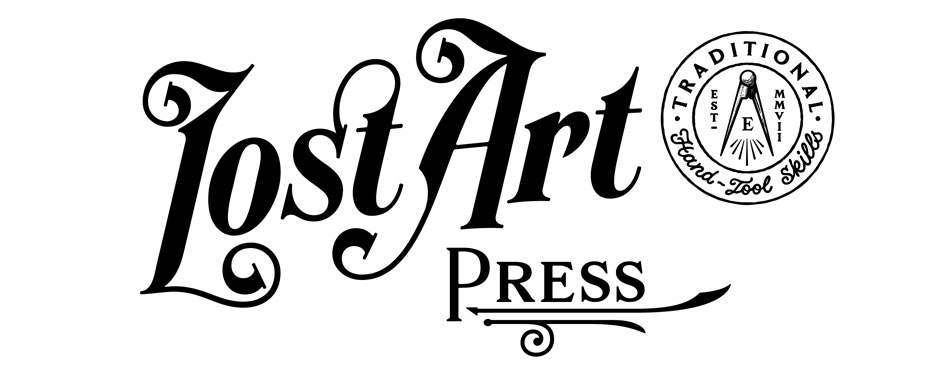Many of the best mechanics prefer the Wood Bench Planes to the Iron and combination iron and wood planes, but have been compelled to use the latter, owing to the poor quality of the wood bench planes commonly sold.
The fact is that the majority of Wood Plane makers for several years past have been trying so hard to find out how cheaply they could make planes, that they have forgotten all about what a good plane means, and the result is that 90 per cent of the wood planes sold in the stores are almost good for nothing, and the other 10 per cent are but little better. The wood is unseasoned and spongy, and the irons so poor that they hardly hold an edge from the oilstone to the work.
It is a positive fact that a first-class double Plane Iron cannot be made and sold at the price that many of the so-called first quality planes are sold at complete.
We have before us a catalogue just issued by a firm who deal quite extensively in mechanics’ tools. In this catalogue the net selling price of a so-called first-class Smooth Plane with 2 ¼ inch double iron, is $0.56. We quote from the description of these planes, “The irons are guaranteed to be the best in the world.” Turning over a page or two we come to Plane Irons priced separately, and find that 2 ¼ inch double plane irons are sold at $0.58. Quoting again from the description of the Plane Irons, “These Plane Irons are guaranteed to be the best made.” It seems a little funny that the “Best irons in the world” should sell at $0.56 with the balance of the plane thrown in, while the “best made” plane iron only, is held at a price of about 4 per cent higher.
The brand of Plane Irons referred to is of excellent quality; in past years we have sold quantities of them, but, in our judgment, they are very far from being the “Best made,” and will not compare favorably with the Plane Irons made by any of the better class of English makers—say Moulson Bros., I. Sorby, Spear & Jackson, or Ward & Payne, French plane irons made by Peugeot Freres, or American plane irons made by Buck Bros.
Our Bench Planes
As we could find no Bench Planes in the market that are suitable for our class of trade, we are compelled to have these planes made to our special order. All of our planes are made of well-seasoned Eastern Beech, are oiled, polished and shellaced; they have steel starts, and the jack, fore and jointer planes have bolted handles. The plane irons used are the Ward & Payne (Sheffield) brand, and if these irons are not the “Best in the world,”they are certainly equal to any, and are the best we have ever been able to find. Every plane is stamped with our name, and we do not believe that the equal of these planes can be found elsewhere.
Chas. A. Strelinger & Co. – Detroit, Michigan 1897
– Jeff Burks








